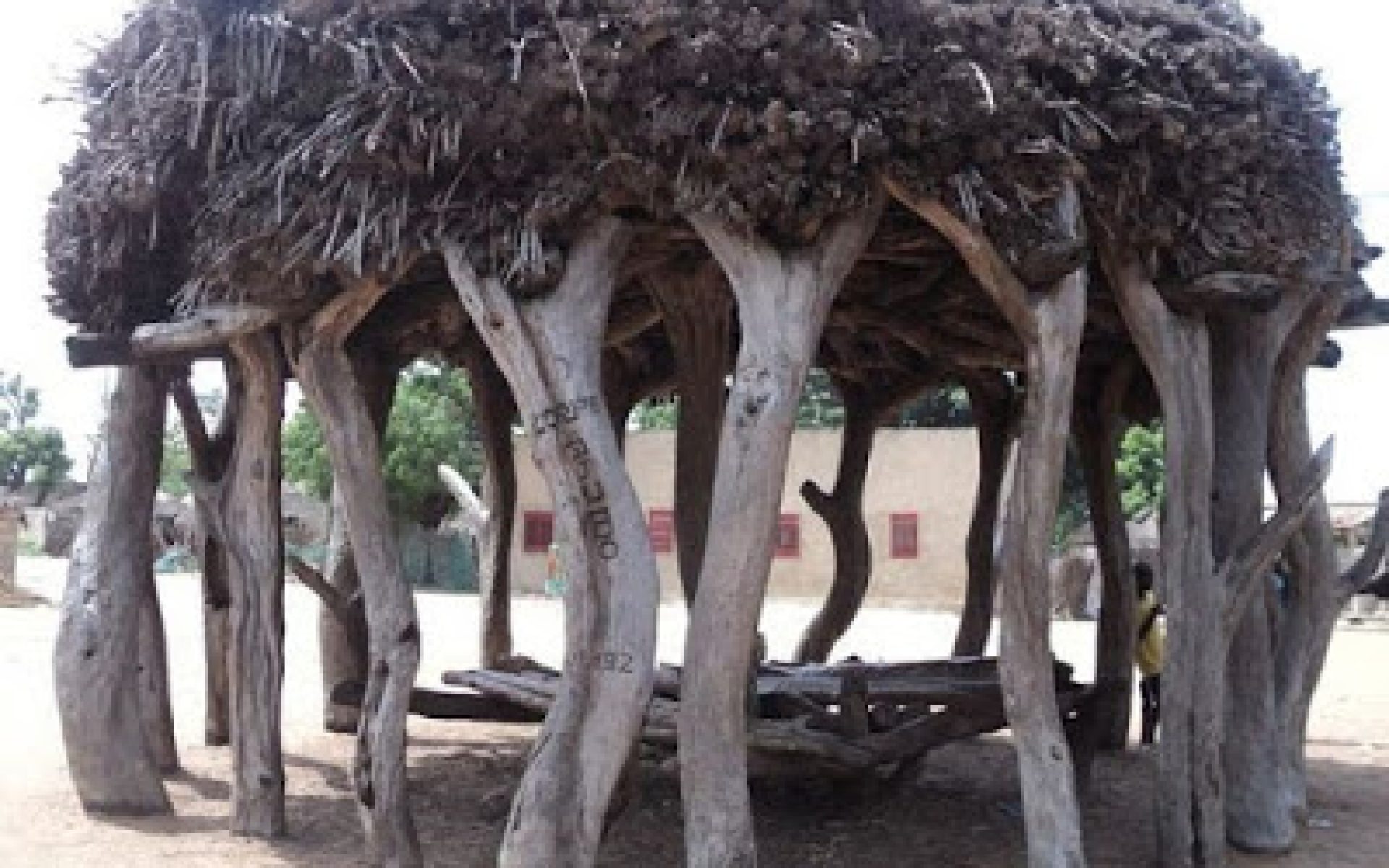Written by CorpsAfrica/Senegal Volunteer Ms. Gnagna Dabo
Hello everyone!
Here is my first blog and I will write you all a short description of my site to best feed your imagination before I give you my first impressions.
Loul Sesséne is one of four rural communities in the municipality of Fimela, located in the department of Fatick, in the Fatick region.
The climate that prevails the area, under the influence of the sea, favors the development of certain plant species such as:
- Palm trees
- Palmyra trees
- Coconut trees
- Fruit trees such as mango, citrus, cashew.
There are also other species:
• Trees: Kadd (Acacia albida); Uul; Aoom; Gouye (Baobab) Dakhar (tamarind); Ditakh (Senegalese Ditarium); Nguédiane; Gang; New; Beer; Soto; Mbul; Derkassou (Mahogany); Loro.
• Shrubs: Nguer (Senegalese Guiera); Sus; kinkeliba; Ratt (Combretum glutinosum); Kel; Nguiguis; Sideem; mboss; Seker; Salaan; Tabanaani.
• Grass: Xaaxaam, Salguf, Striga, Thiakhat
The fauna, mainly consisting of birds and reptiles, is also home to wildlife like monkeys, jackals, rodents (hares, squirrels, skunks, …). One could also find deer and antelope.
My rural community consists of more than 15 villages and is identified by what is called the Ngelmaak (palaver tree).
Next time, I will discuss the socio-economic indicators to identify key resources that this rural community includes.
Until next time!
Version originale en français
Bonjour à tous!
Voici mon premier blog et je vais vous faire une petite description de mon site pour mieux alimenter votre imagination avant de vous donner mes premières impressions.
Loul Sesséne est une des quatre communautés rurales de la commune de Fimela qui se trouve dans le département de Fatick, de la région de Fatick.
Le climat qui y règne dans la zone, sous l’influence de la mer, est favorable au développement de certains espèces végétaux comme:
- Le palmier
- Le rônier
- Le cocotier
- Les arbres fruitiers tels que les manguiers, les agrumes, l’anacardium occidental.
On y trouve aussi d’autres espèces:
- Arborées: Kadd (Accacia Albida) ; Uul ; Aoom; Gouye (baobab) ; Dakhar (tamarinier) ; Ditakh (Ditarium Sénégalensis) ; Nguédiane ; Gang ; New ; Beer ; Soto ; Mbul ; derkassou (Acajou) ; Loro.
- Arbustives: Nguer (Guiera Senegalensis ); Sus ; kinkéliba ; Ratt (Combretum glutinosum) ; Kel ; Nguiguis ; Sideem ; Mboss ; Seker ; Salaan ; Tabanaani.
- Herbacées: Xaaxaam, Salguf, Striga,Thiakhat
La faune, composée pour l’essentiel d’oiseaux et de reptiles, abrite encore des espèces sauvages comme le singe, le chacal, des rongeurs (lièvres, écureuil, putois, …). Il existerait même de biches et des antilopes.
Ma communauté rurale compte plus de 15 villages et elle s’identifie à ce que n’appelle le Ngelmaak (arbre à palabre) que voici :
La prochaine fois nous aborderons les indicateurs sociaux économiques du milieu afin d’identifier les principales ressources que cette communauté rurale englobe.
Mettez vous dans le bain de mon site en attendant que je trouve un appareil photo ou vidéo et les news vont tomber. A bientôt !

